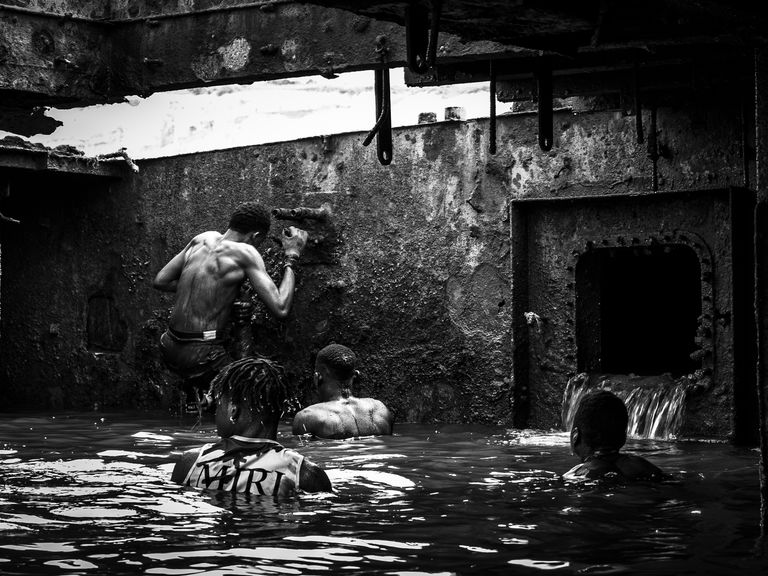Project Detail: The iron quest
Contest:
Swiss Storytelling Photo Grant 9th
Brand:
LuganoPhotoDays
Author:
João Coelho
Status:
Selected
Project Info
The iron quest
In the north of Luanda, Angola's capital, there is a ship graveyard that stretches along a beach more than 2 km long. Most of the ships that lie in this cemetery have already been shredded by companies that used the iron for their foundries. But in the northernmost area of the bay, a group of young people continue to work, salvaging what they can from the wreckage using only their hands and the strength of their arms. Every day this beach witnesses scenes of enormous courage and wonderful camaraderie between these young people, who risk their lives to support their families.
It could be a beach like any other, but this one seems to be haunted as dozens of iron skeletons lie there. It's a ship graveyard where giants corroded by the wind and sea salt rest asleep in the shallows of this beach. Local fishermen have nicknamed it Titanic Beach. The group of young men who come to this beach every day to scrape iron off these carcasses quickly became known as the Titanic gang.
They arrive at the beach early in the morning and stay in the water for hours, taking advantage of the low tide. They don't have any tools or mechanical equipment. They just use their skill, their hands and their collective strength to pull heavy pieces of iron out of the wreckage, diving into the murky waters with sediment and spilled oil countless times. Once the pieces have been separated from the half-sunk hulls of the ships, they have to take them to the beach, fighting against the waves and the strong currents that form between the wrecks.
The day ends with great anxiety: the weighing of what the cemetery has given them. The company that buys the iron pays them only 120 dollars a ton. Before returning to their homes, exhausted and covered in sores that will never heal, they divide among themselves what the day has yielded, which is never enough to prevent them from returning to the beach the next day.


















